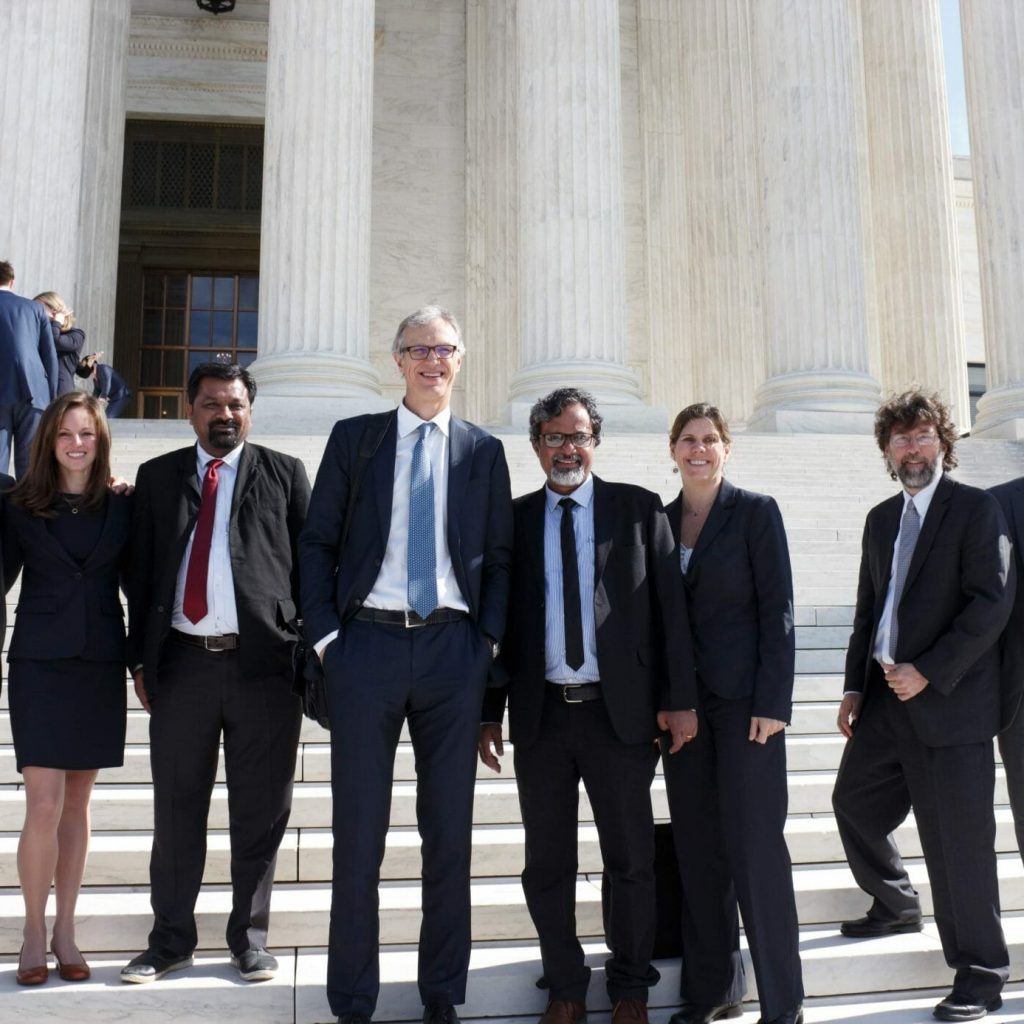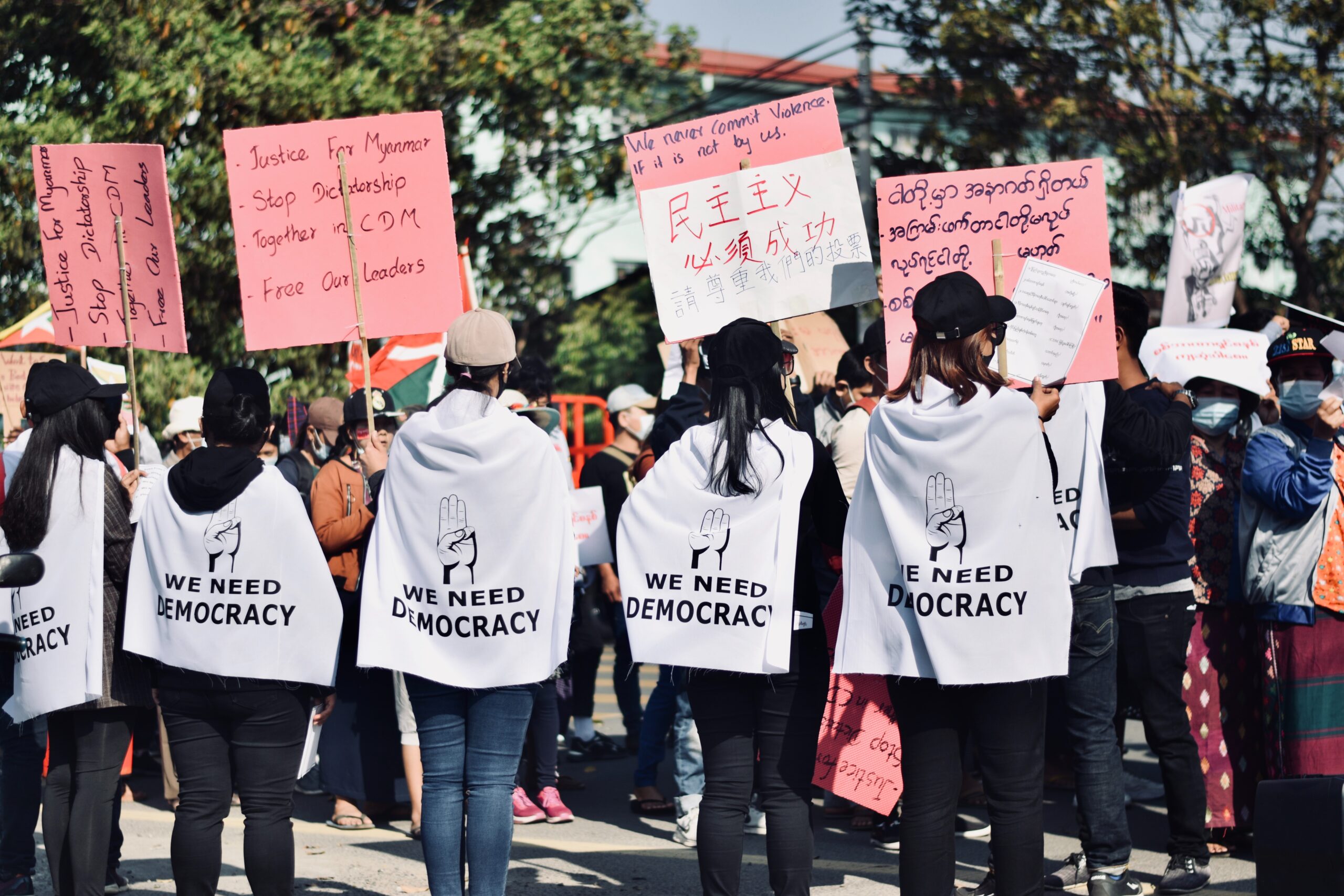This victory paved the way to show that the power of law and the power of people can be combined in defense of human rights and the environment. And we have been achieving huge victories ever since. In honor of our 25th anniversary, EarthRights staff from around the world share here their favorite EarthRights victories and moments.
“My favorite successes are probably from any time there were the most naysayers—where ‘experts’ told us that we couldn’t do it, and we took that under advisement and then ignored them. During the Unocal lawsuit, all of the legal experts told us ‘you can’t sue an oil company, they are not subject to human rights law,’ and we said ‘you’re just saying we can’t do it because nobody ever has.’ And then we did.”
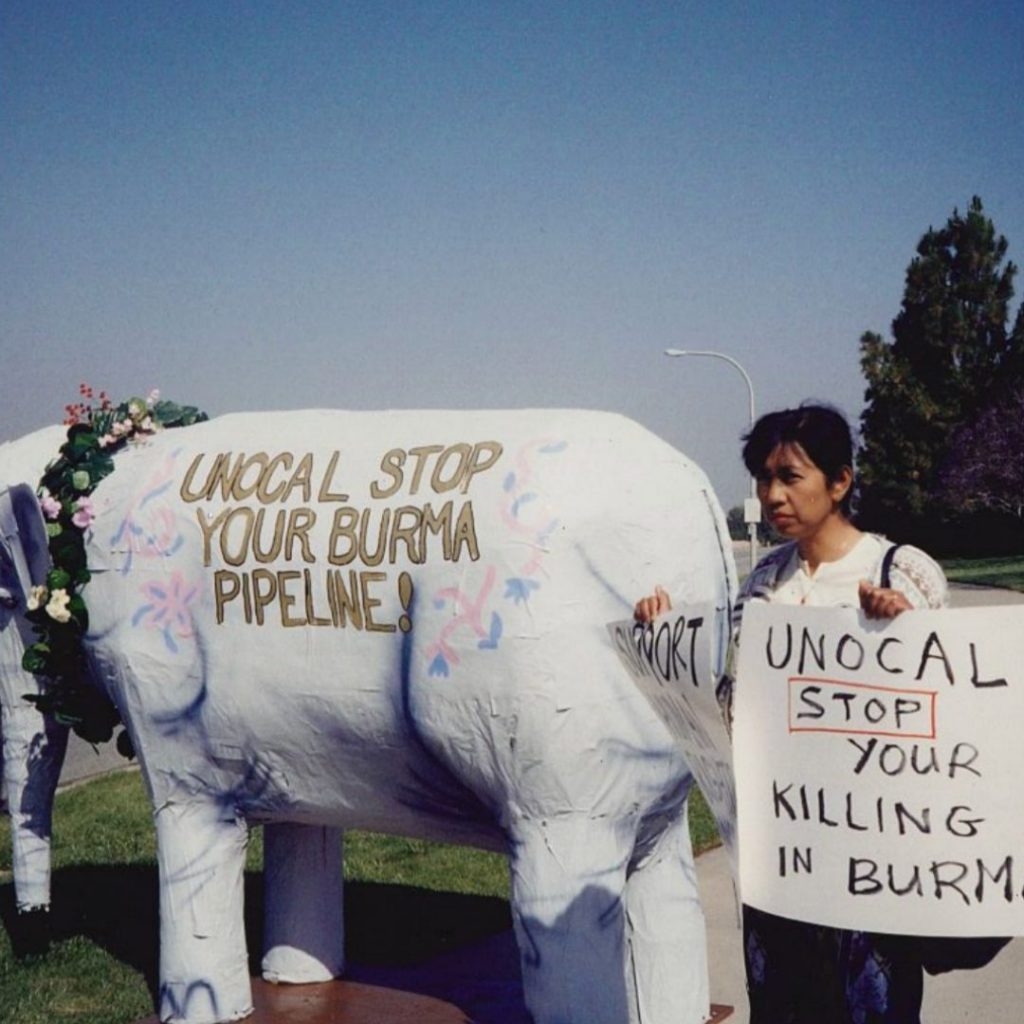
“It’s hard to believe it has been nearly a decade since we moved to Peru to team up with Ximena Warnaars and Lily La Torre to help launch EarthRights’ Amazon Office. From the very first moments — whether it was cleaning and assembling the donated furniture, holding a cleansing ceremony with the shaman visiting our office from his community in the Amazon, or meeting as a team to map out our strategic plan — we knew that we were building something important for the long-term growth of the organization, and hopefully for the region as well. But what has been even more inspiring has been to see how that office has continued to grow and become stronger with each passing year, building upon and adding to the networks and relationships we helped develop, and expanding the types of activities and support that we are able to offer affected communities throughout the Amazonian and Andean regions. Every update that comes from the Amazon office is a reminder of the victory that opening that office has been.”
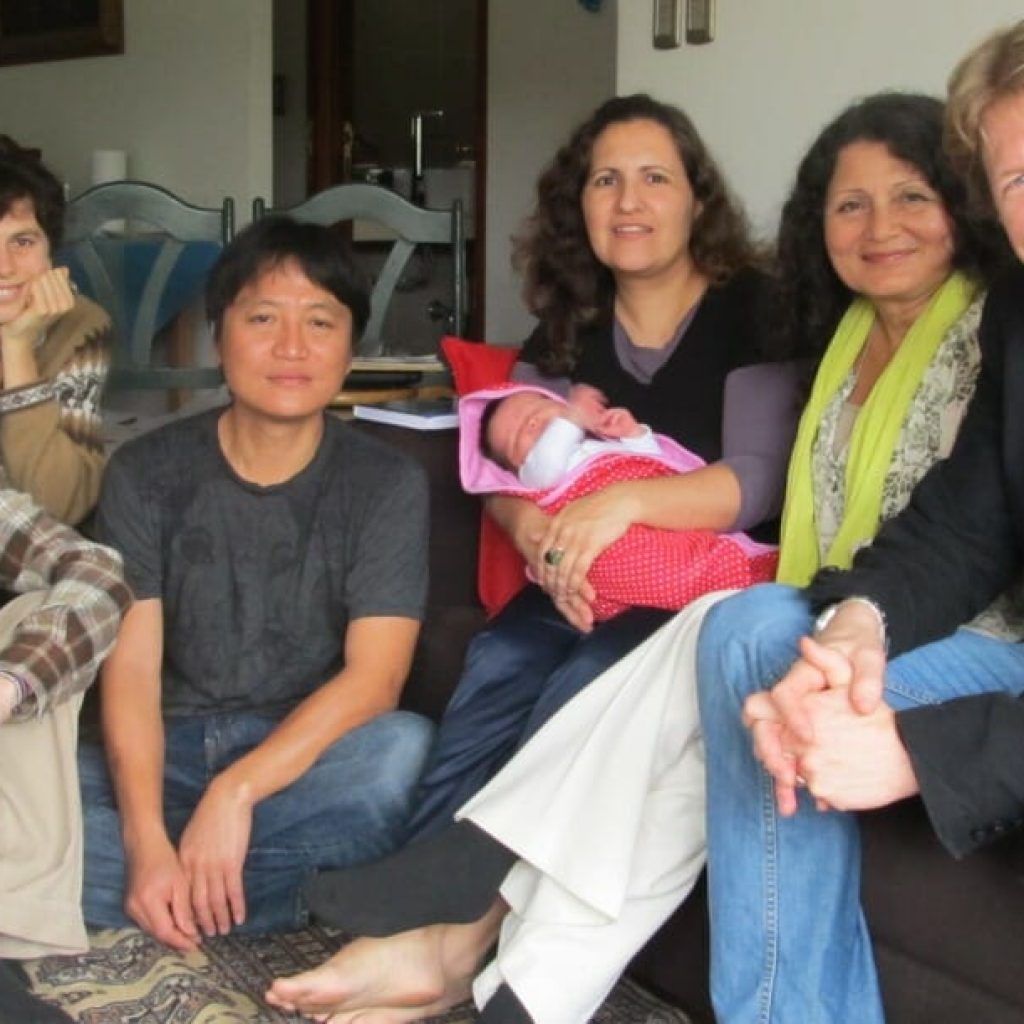
“I have been with EarthRights since the beginning, working hand-in-hand with the co-founders to build the EarthRights School and establish our Mekong program in Chiang Mai. For nearly twenty years, the EarthRights School and EarthRights Mekong team were housed in separate offices and buildings. But EarthRights’ leadership had a vision to bring the school and staff together under one roof. So we came together with supporters, to build one home and heart for both the EarthRights School and our program staff to work together. The Mitharsuu Center for Leadership and Justice is a place where we can train more earth rights defenders. “
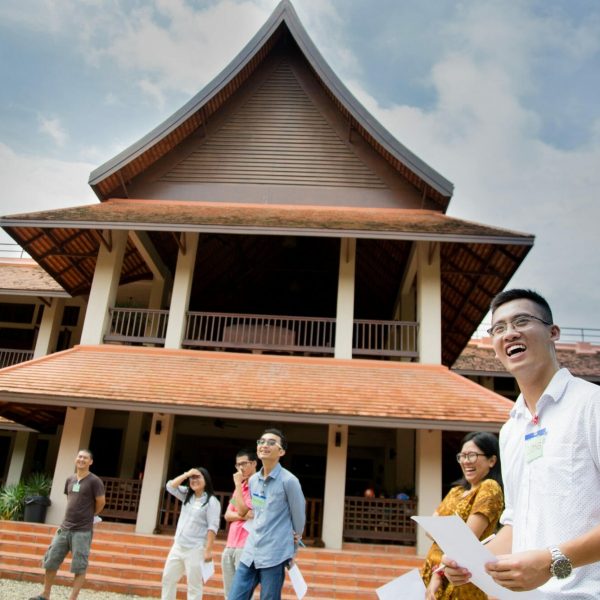
“One of my favorite EarthRights victories is our contribution to a community’s design of a Community-Driven Operational Grievance Mechanism (CD-OGM) in the Thilawa Special Economic Zone (SEZ) in Myanmar. Operational Grievance Mechanism (OGM) are systems that companies set up at their operational sites to handle complaints from workers, community members, and other stakeholders. Because many have traditionally failed to address serious human rights grievances, EarthRights worked with the affected communities to design their own mechanism which offers an effective alternative to company-driven processes, shifting power back to communities.
EarthRights has also bolstered community leadership in the SEZ by supporting the formation of the Thilawa Social Development Group, which now leads community efforts on issues around unfair land confiscation, resettlement and the environmental and social impacts of the SEZ. They have been advocating both nationally and internationally for six years, taking these issues and the CD-OGM before the United Nations in Geneva and to the headquarters of the Japan International Cooperation Agency in Tokyo. This has resulted in improved resettlement plans, an OGM being put in place after the SEZ management committee had opposed the need for one at all, and ongoing discussions between the communities and management committee on how the OGM should work.”

“I have several favorite EarthRights victories, but our historic win at the Supreme Court in our case Jam v. IFC case stands out. Before I went to law school and before I became a Bertha Fellow, I was actually a member of EarthRights’ development team, so I’ve had the pleasure of watching the case evolve over the years. I first learned about the idea for the case in 2014 or early 2015, before we had even filed.
I left EarthRights for law school but followed the case closely and remember reading the D.C. Circuit’s decision when it came out. We lost, but the concurring opinion validated our arguments. I was in D.C. when the U.S. Supreme Court eventually heard the case, and I took the day off from my internship to come out at 4:00 a.m. on a chilly October morning to stand in line with everyone to watch oral arguments.
The arguments went great, and the celebration that followed was quite moving. A couple of our clients had traveled all the way from India, and the room was packed with allies and staff from other NGOs that had been following the case; the sense of community, kinship and shared purpose was powerful. Despite the knowledge that our side was fighting an uphill battle in front of a court that doesn’t often rule in favor of the ‘little guys,’ we were all celebrating the work and struggle of so many different people. I was inspired by the experience and I applied for the Bertha Fellowship the following year with the hopes of re-joining the team.
A few months later, during my last semester at law school, I got a text message from a member of the EarthRights staff sharing the good news that the decision was out and we had won. I stopped at a dive bar on my way home from my classes to toast the EarthRights crew, and smiled as I read the decision on my cell phone.”
